
Galileo Full Scale Mockup

Galileo Full Scale Mockup
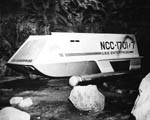 |
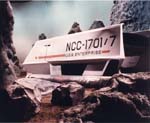 |
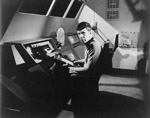 |
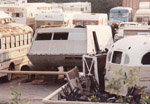 |
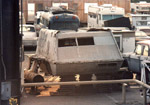 |
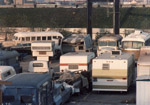 |
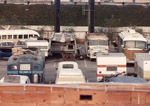 |
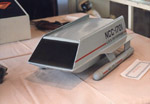 |
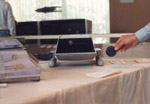 |
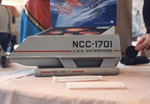 |
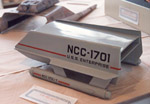 |
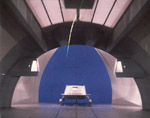 |
Shuttlecraft
Mockup Under Construction
The Galileo
Web site by: Phil
Broad
When it became apparent to the producers of "Star Trek" that the USS Enterprise was going to require some sort of auxiliary craft for transport purposes, they began to design what would later become known as the Shuttlecraft Galileo and still later, the Galileo II. Because the series had little extra budget after the effects work was finished the new design would have to be small, simple to build and at the same time project a futuristic feel in a manner consistent with a military organization such as Starfleet. Later dubbed "the cheese box" by outsiders, the Galileo actually met all its design criteria quite admirably. The design was simple and yet unfamiliar, as if based on technological trends which have yet to begin. It would be realized in two forms, a full scale mockup and a small scale filming miniature for special effects work. The mockup would be built with a basic welded steel frame work over which a wooden structure would complete the hull. It is designed to disassemble into three sections, the central hull and the two wing/engine pod assemblies. The outer skin is Masonite (hard Mahogany pressboard) covered with fiberglass and the curving lips of the side plates at the top are sheet metal. The central landing gear at the rear is a surplus aircraft nose landing gear strut and the engine pods are steel tube assemblies. The mockup also featured an elaborate mechanism inside attached to a lever which, when pulled, would simultaneously open the split upper sliding doors and lower the drawbridge like lower boarding ramp. The Galileo would also feature two different paint schemes over its career on the show. Originally painted as gloss white upper surfaces with battleship gray lower surfaces (as seen in the publicity shot above), it would later be repainted gray overall and renamed "Galileo II" after the first craft was destroyed in the episode "The Galileo Seven". The small rectangle next to the hatch is red with "Push" in white letters. All in all, it is a well made prop which fit the requirements to a tee. The mockup is seen above when it was awaiting an uncertain fate in a storage yard along the Harbor Freeway in Los Angeles. Later it was purchased and completely restored.
The filming miniature is of wooden construction as is typical of models from that period. Unfortunately it suffered quite badly after the show was canceled as it was later discovered broken in half and sitting in a pile of debris at the studio. Fortunately for us it was members of the Star Trek Next Generation staff which rescued it and later restored it. It is in this restored condition that you see it above. Some parts are missing such as the front bulkhead (here replaced with smoked Plexiglas) and the corrugated wrappers around the rear of each engine pod. However, restoring it to its original configuration was never the intent, it was to appear as a model of a "standard type" Shuttlecraft seen in the background of one of the sets. The lens cap seen here being used as a make shift photographers scale is 2 3/8 inches in diameter.
About The Computer Model Seen Above
The computer model of the Shuttlecraft was built by Phil broad simply as a decoration for his CG Enterprise (see the Enterprise Computer Renderings). It was built and rendered in the architectural design software "Microstation" by Bentley. Since there was never any intention of showing the interior, the interior cavity seen here was only placed there for the purpose of creating a believable wall thickness around the hatch and windows. The bottom was never to be seen so no effort was made to close up the hole there. Phil plans to make a more complete model of the Shuttlecraft at a later date (and a more accurate one).